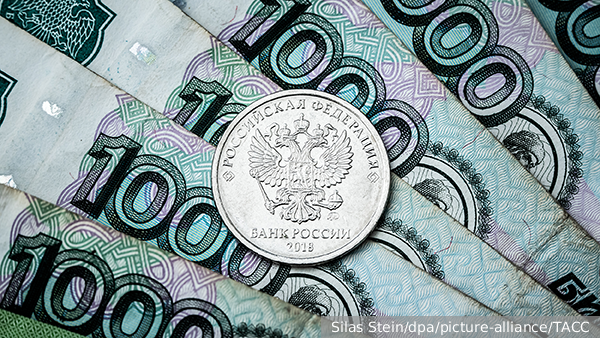
In Russia Non Oil and Gas sector is the driver of revenue growth for large and medium-sized businesses
According to TASS, the revenue of Russia's non-resource sector large and medium-sized enterprises increased by 16.4% to 184.9 trillion rubles in 2023. Meanwhile, the revenue of oil and gas companies decreased by 3.3% to 65.8 trillion rubles, this was reported by the services analytics audit and consulting network FinExpertiza.
The study shows that due to economic restructuring, reduced exports, and increased manufacturing, the oil and gas industry's share of total business revenue decreased to 26%. Russian business's total income increased by 10.5%.
Enterprises in Chukotka, the Amur region, Chechnya, the Khanty-Mansiysk Autonomous Okrug, the Primorsky Territory, Chuvashia, the Smolensk region, and the Tyumen region demonstrated the highest growth.
However, cash receipts from enterprises in four regions, namely St. Petersburg, the Kemerovo region, the Yamalo-Nenets Autonomous Okrug, and the Novgorod region, decreased.
According to Rosstat data, the total revenue of large and medium-sized businesses for 2023 was 250.7 trillion rubles, which is an increase of 23.9 trillion rubles or 10.5% compared to 2022.
This growth rate is higher than the average annual consumer (5.9%) and industrial (4%) inflation. The non-oil and gas sector was the main driver of this growth, with cash flow increasing by 16.4% or 26.1 trillion rubles to 184.9 trillion rubles. FinExpertiza analysts were quoted by the agency.
Overall, non-commodity businesses are strengthening their position. In 2023, the share of enterprises not related to oil and gas production and refining in total revenue increased to 74% from 70% in 2022.
Analysts noted that revenue from the oil and gas sector decreased from 30% to 26%, or about a quarter. According to them, commodity companies faced difficulties in the past year. In the first few months, an embargo on exporting oil and petroleum products to Europe was implemented, along with a price ceiling on energy supplies to other countries.
Although it was possible to replace the shortfall in exports with supplies to friendly states, maintaining the same level of oil and gas revenues was not possible.
During the first half of the year, oil and gas companies and their service providers experienced a decline in revenue. Specifically, revenue decreased by 28.7% in the first quarter and by 17.2% in the second quarter. However, the third quarter saw a positive change, with income increasing by 18.2%. The fourth quarter was even more favourable, with growth of 23.9%.
Experts note that the oil and gas sector performed well in the second half of the year due to the establishment of hydrocarbon supplies to friendly markets and the weakening of the ruble. This led to an increase in export revenues in the national currency. However, in the second half of 2022, a strong exchange rate played against exporters. However, by the end of 2023, revenue from the oil and gas sector had decreased by 3.3%, or 2.2 trillion rubles, to 65.8 trillion rubles, compared to the previous year.
This reduction was caused by lower hydrocarbon prices and a decrease in raw material exports by oil and gas companies. The decrease in energy supplies to certain markets was not solely due to sanctions restrictions. Russia was able to redirect most of the lost volumes to friendly markets. The reduction in oil production was also a factor, as part of the OPEC+ deal. However, the non-resource sector received a boost from budgetary incentives, particularly the manufacturing industry, including metallurgy. According to Agvan Mikaelyan, a member of the board of directors of FinExpertiza, the increase in production led to a rise in wages and other forms of income for the population.
